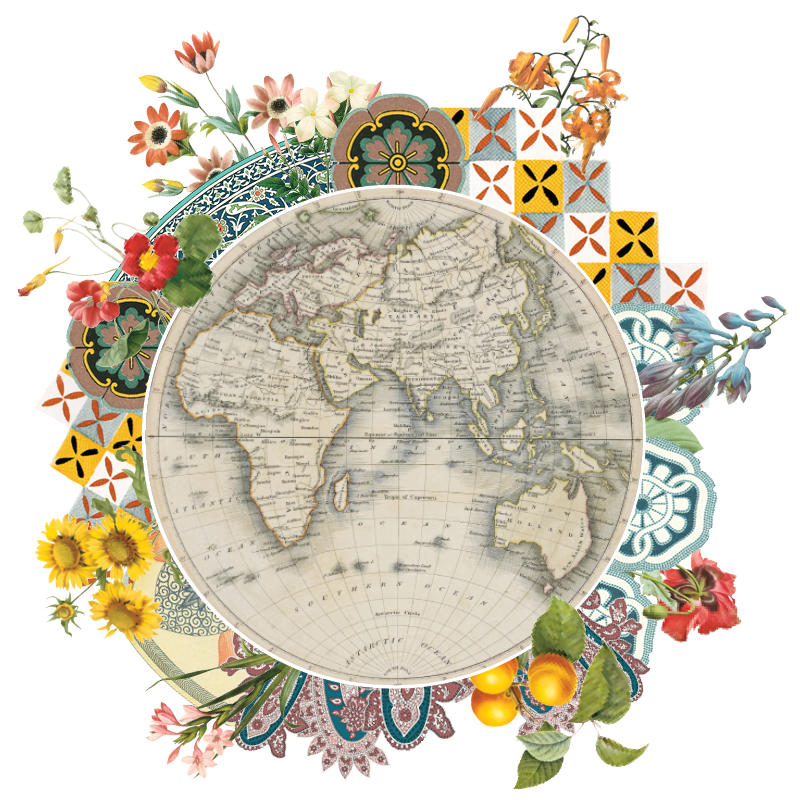Land of the Long Green Fern
Chef Monique Fiso is breaking new ground by exploring the modern potential of the ancient ingredients of her Maori ancestors.
- Category:
- Hear and Now
- Words By:
- PRIOR Team
- Photography:
- Manja Wachsmuth
- Published:
- October 27, 2020
Monique Fiso is not afraid to take huge chances, which is why she’s become one of New Zealand’s brightest culinary stars, shining a new spotlight on indigenous ingredients. When she was 21, after a few years cooking at the celebrated Martin Boseley’s, she sold everything she owned and bought a one-way ticket to New York. After nearly a decade cooking Asian-meets-Antipodean food at Public and Michelin-starred pasta at A Voce, she returned to Aotearoa with no plans. On a whim, she began a pop-up celebrating the ingredients that her Maori ancestors used. Soon, she had a restaurant in the Wellington suburb of Mount Cook named for the Māori word for hungry, and within a year it was named one of Time Magazine’s Greatest Places of 2019.

Fiso has dedicated herself to researching New Zealand’s vast store of wild ingredients, as well as to pushing them as far as they can go in hypermodern presentations. Diners might be served a plate of local sweet-potato gnocchi with a creamy sauce that’s a nod to her time at A Voce. But in this case, the sauce is made from roasted huhu grubs dug out of a rotten log, the dish garnished with the fried larvae — which, Fiso notes in her eponymous cookbook, have an addictive “peanut butteriness.”
Here are just a few of the jewels in Monique Fiso’s Māori larder.
Pikopiko / Fern shoots
Asplenium bulbiferum (hen and chicken fern), Polystichum richardii (common shield fern)
In the cool dampness of fall and winter, the coiled shoots of young ferns can be found hiding beneath the dense foliage of the forest floor. Once the bitter peel has been removed, they can be boiled, steamed or stir-fried with a little oil and salt. In Māori culture, the crunchy shoot was eaten at Matariki feasts. At Hiakai, pikopiko is brined or pickled to remove some of the inherent bitterness.

Karamū
Coprosma robusta
Belonging to the coffee family, this easily found treasure was sacred to the Māori, who used it at birth ceremonies and to heal the sick, while the bright orange berries — picked from the tree — were a favorite bush snack for children, as well as a source of dye. While early European settlers poured boiling water over the roasted seeds to make karamū coffee, the Māori steeped an inflammation-fighting tea from its shoots and plump leaves. At Hiakai, this tea is blended with karamū vinegar to make a vinaigrette. The berries are also juiced for ice creams and sorbets.

Paua / Blackfoot Abalone
Haliotis iris
Endemic to Aotearoa, this culinary delicacy has a pearlescent shell and a thin black membrane coating the meat. Māori have harvested it from the sea for centuries, eating the dense meat and using the shell for adornment. The abalone became so sought-after that overharvesting led to tight regulations — and high prices. At Hiakai, skewers of thinly sliced grilled paua are served with a dark beer glaze.

Wheke / New Zealand Octopus
Haliotis iris
Aotearoa’s waters are home to 42 species of wheke, almost two-thirds of which are endemic. The Māori originally caught them by allowing them to wrap their tentacles around their hands. Wheke can be found in a number of Māori myths, such as the one about the explorer Kupe, who battled one across the Pacific, thereby leading to the discovery of Aotearoa.


The PRIOR editorial team, overseen by David Prior, works together to write and produce stories that inspire curiosity about, and the desire to connect to, places and people across the world.